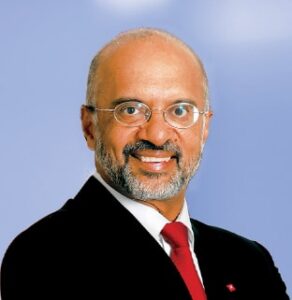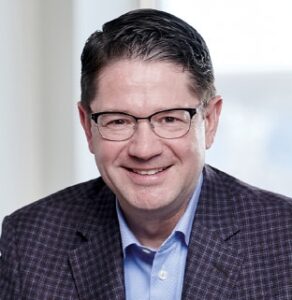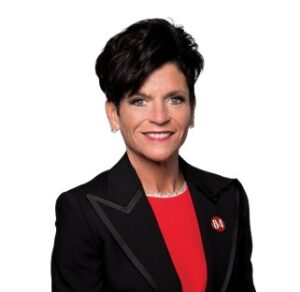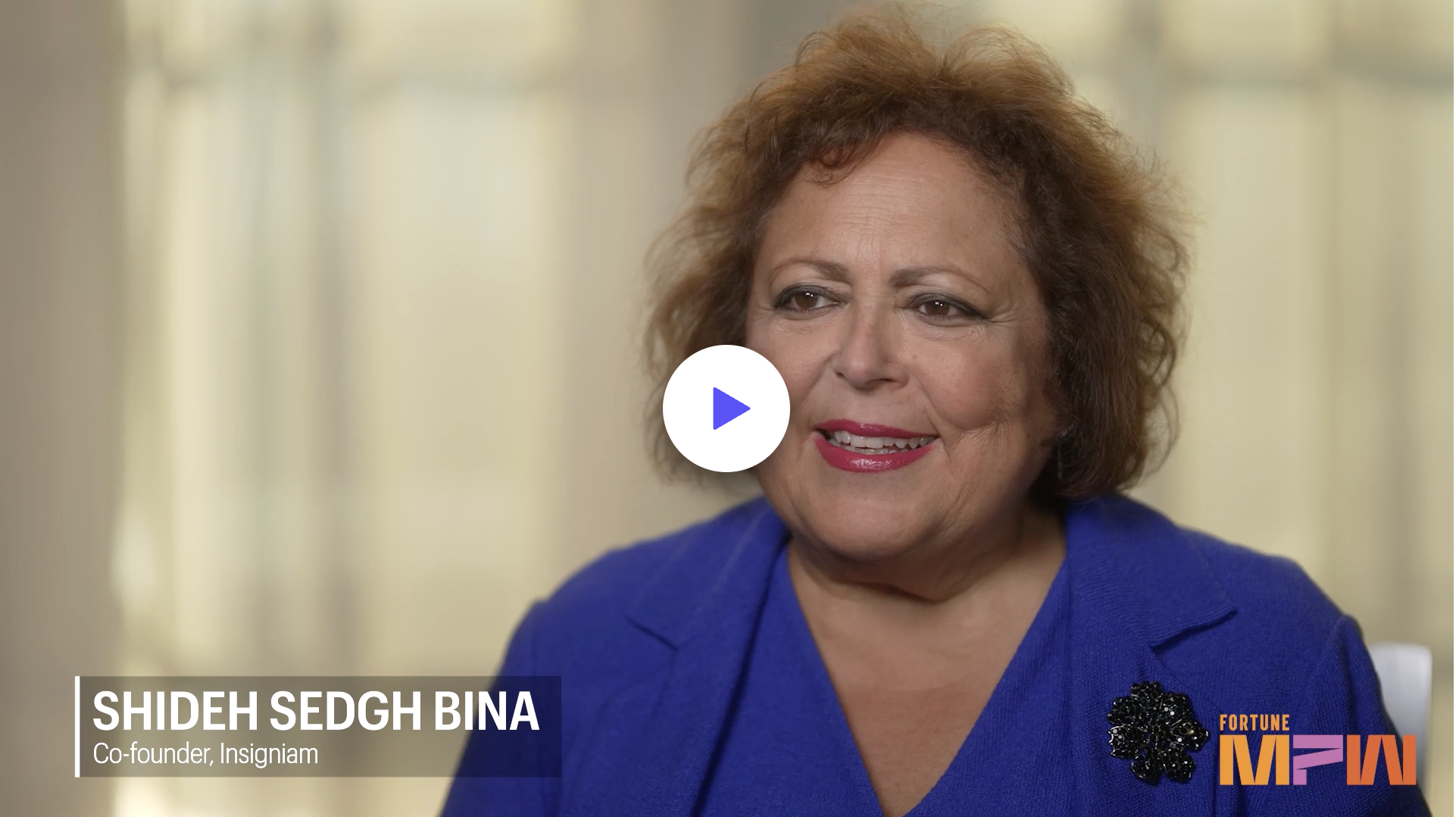‘You have to stay adaptable’: Three CEOs Talk Cultural Transformation
With all of the promise offered by emerging technologies and markets, CEOs face the daunting task of charting internal transformations with a wide array of tools at their disposal. “Everything—from innovation to customer relationships and talent management—matters enormously,” says Richard Saynor, CEO of drugmaker Sandoz, a division of Novartis. “The range of tools available to move organizations forward gets broader every day.”
Executives are piloting bold transformations through a diverse toolkit of internal levers and dials. Whether it is innovation, culture, social responsibility, sustainability, globalization or talent management—with the right intent and vision, these mechanisms can maximize an organization’s ability or potentially dash it on the rocks.
Anchored to a Vision
Years ago, thieves struck several of DBS Bank’s ATMs using a card-skimming device, resulting in some SG$500,000 of losses across
400 customer accounts. In the  postmortem, the organization discovered that one reason for the theft might have been the failure of a bank employee, who had turned off an important security feature called “jitter,” which is designed to thwart older card-skimming practices. Learning of the issue’s source, DBS Group Director and CEO Piyush Gupta did something astonishing: He gave the employee an award for good judgment. Why reward what seems like bad behavior?
postmortem, the organization discovered that one reason for the theft might have been the failure of a bank employee, who had turned off an important security feature called “jitter,” which is designed to thwart older card-skimming practices. Learning of the issue’s source, DBS Group Director and CEO Piyush Gupta did something astonishing: He gave the employee an award for good judgment. Why reward what seems like bad behavior?
When Mr. Gupta became CEO of Singapore-based DBS in 2009, he inherited an organization reeling from the global financial crisis. Ten years later, DBS has emerged from those turbulent times to be independently named best bank in the world in 2019 by Euromoney. Innosight listed it as one of the top 20 companies in the past decade to make a strategic transformation.
Along the way, Mr. Gupta discovered that good leadership comes down not to the tool used but to the hand that wields it. “We use many levers, but the important thing is that they are anchored to a bigger vision,” he says. “If not, they just become the fad of the day.” Today that vision for DBS is to become “the best bank for a better world.”
To get there, Mr. Gupta has emphasized to employees that, above all else, their purpose always ends with the customer. “Customer experience is of enduring importance,” Mr. Gupta says. Translating that corporate mission into internal practice begins with himself. Mr. Gupta says that after gaining a strong overview of a particular business line or initiative, he likes to dive into the trenches—frequently walking the branches to talk to employees and every few months offering a direct line to them in order to keep his ear to the ground. In so doing, he has learned to allow employees greater freedom to serve customers better. “We need to have an environment where it’s OK to make mistakes,” he says.

This was why, when Mr. Gupta discovered that his employee had turned off the jitter security feature because it was causing serious delays that were frustrating customers, he reacted with praise instead of retribution. “We take a disciplined approach to teaching employees to think about the customer journey.”
“Banking is more about execution than strategy,” he says. “You have to stay adaptable.” This is why, when an employee models the mindset he had been working for years to instill in his workforce, he has to reward the employee for taking the company’s mission to heart. “If something makes sense for the customer, the employees must feel liberated to do it.”
Realigning a Way of Thinking
For Éric Martel, CEO from July 2015 to March 2020 of Hydro-Québec—the largest power utility in Québec—being customer-focused means not only providing valuable service but also redefining his horizon for what is possible. “Traditionally, our culture is based on expertise and prudence, but the landscape is changing quickly,” says Martel, now president and CEO of Bombardier. “Our culture had to adapt.”
 This is a particular challenge for Hydro-Québec, as more and more of the utility’s customers are now business partners, too, generating their own electricity with at-home solar panels. Some of the electricity is reverse-metered back into the grid. “The energy transition is knocking at our door, so we have to realign our way of thinking.”
This is a particular challenge for Hydro-Québec, as more and more of the utility’s customers are now business partners, too, generating their own electricity with at-home solar panels. Some of the electricity is reverse-metered back into the grid. “The energy transition is knocking at our door, so we have to realign our way of thinking.”
To transform his company’s culture to fit this new reality, Mr. Martel involved more than 600 employees from all levels of the company in the process. “Employees who enjoy a positive, supportive work culture will in turn transmit positivity to their customers,” he explains. “That is why we continuously implement various measurement tools to gather employee feedback and gauge satisfaction levels.”
The pain of tragedy gave the endeavor an enhanced earnestness. In December 2016, a worker died during the construction of a next-generation power complex in Quebec. It was the fourth fatality since construction began in 2009. As a Canadian Cadet and later a reservist in the Canadian Armed Forces, Mr. Martel took the accidents personally: Like any military leader, he believes fiercely in the mantra of leaving no one behind.
In tandem with shutting down part of the construction site temporarily, Hydro-Québec sought to improve its ability to monitor potentially dangerous situations and elevate health and safety as a core facet of the business’s philosophy. “At every level, each team closely monitors its employees’ health and safety concerns,” he says. In addition, he has mandated that employees measure themselves against these goals daily. “For many,” he explains, “[this] seemed somewhat revolutionary.”
But the real revolution can be seen in the results. Since implementing this new cultural transformation, Hydro-Québec’s organic growth has improved. “When leaders, employees and partners … are in control of their processes, their production and their environment, everyone becomes more productive,” he says. “Not only did we make health and safety a top priority, we ensured it would be an integral part of our culture by making it a philosophy. Share on X
And audacity and innovation—trademarks of Hydro-Québec since 1944—will help us face the upcoming challenges.”
“The most important lever to achieve our goals remains our human energy,” Mr. Martel says. “When we take good care of it, it becomes renewable, just like our hydropower.”
A Sense of Urgency
Richard Saynor’s approach echoes that of Mr. Martel. Upon returning to generic medicines manufacturer Sandoz last year to take over as CEO, he felt a strong sense of homecoming—and urgency. After nine years away from the company, Mr. Saynor came back to flagging growth. The first order of business would be to clarify business priorities for team members throughout the organization.
Facing competitive business pressures in a pharmaceutical industry that has drawn heightened public scrutiny, Sandoz must produce large volumes of quality pharmaceuticals at high speed and low cost. The only way to face this kind of challenge is to be “focused, decisive and smart,” Mr. Saynor says.
For Mr. Saynor, focus means “first establishing absolute clarity about what we aspire to as an organization and where we want to go,” he explains. “Ultimately, I can only be successful if I build a successful team.” As for decisiveness, Mr. Saynor draws on a management style called “unbossing,” advocated by Danish business leader and author Lars Kolind. “I am a big believer in empowering teams, and this starts with clarity.” With more than 10,000 associates (not counting the manufacturing organization), it would have to be a strong first step.
And all of this hinges on being smart. “We are investing significant internal resources to simplify and optimize processes and governance,” he says. “By simplifying processes that don’t add value and reducing bureaucracy, we’re making it easier for everyone at Sandoz to do their job and bring critical medicines to patients.”
In return, Mr. Saynor is providing tangible benefits to show his support for employees. Sandoz has implemented a parental leave program and partnered with some of the world’s leading academic institutions to offer employees a wide range of free courses. “This helps to grow our associates personally and professionally—and can spark new thinking and ideas as we pioneer access for patients and customers,” he says.
This article appeared in the Spring 2020 issue of IQ Insigniam Quarterly, with the headline “From the Ground Up.” To begin receiving IQ Insigniam Quarterly, go here.
 “Prior to 2010, we thought that just opening a store would help us ‘grow,’” says Maggie Hardy Knox, president and owner of the $3.9 billion building material company. “Today, we are laser-focused on what it takes for 84 to be No. 1 in each individual market. In certain markets, we’re opening door shops, while in others, we’re opening component plants.”
“Prior to 2010, we thought that just opening a store would help us ‘grow,’” says Maggie Hardy Knox, president and owner of the $3.9 billion building material company. “Today, we are laser-focused on what it takes for 84 to be No. 1 in each individual market. In certain markets, we’re opening door shops, while in others, we’re opening component plants.”


